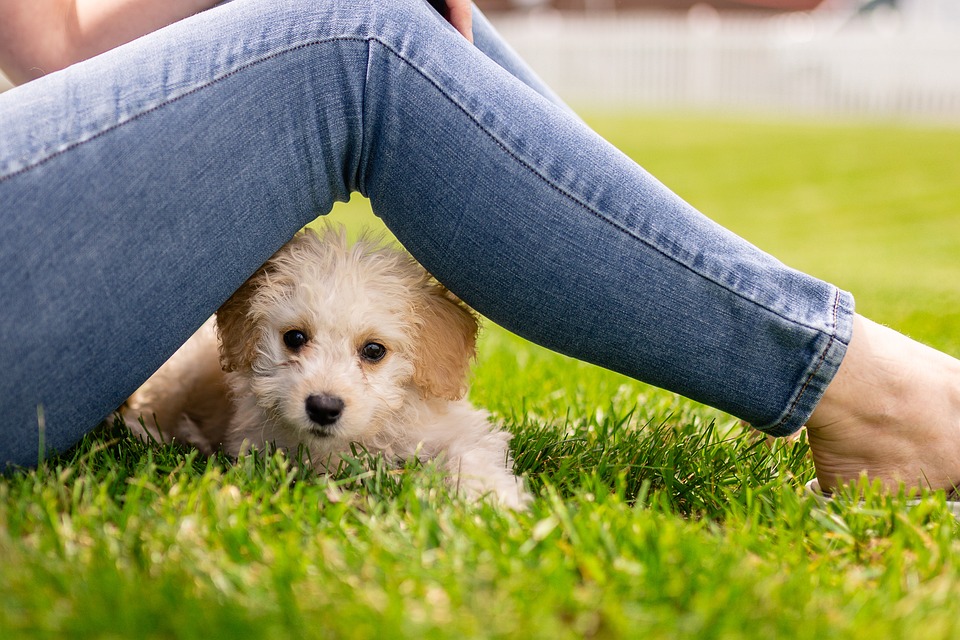Training your dog is an essential part of their overall well-being and ensuring they become a well-behaved member of society. One key aspect of successful dog training is creating a dedicated and safe training area. This article will guide you on how to set up a training area that is conducive to effective training while also promoting safety for both you and your furry friend. Additionally, we will address some frequently asked questions about training areas.
Choosing the Right Location
The first step towards setting up a safe and effective training area for your dog is choosing the right location. Consider the following factors:
1. Indoor vs. Outdoor: Decide whether you want to train your dog indoors or outdoors. Both options have their pros and cons. Indoor areas provide a controlled environment with fewer distractions, while outdoor spaces allow for real-life training scenarios and exposure to different environments.
2. Size and Space: Ensure the area is large enough for your dog to move freely and perform various exercises comfortably. The space should be adequate for both stationary commands and activities that require movement.
3. Safety: Prioritize safety by selecting an area away from traffic, hazards, and potential sources of distress for your dog, such as loud noises or excessive foot traffic.
Preparing the Training Area
Once you’ve chosen the perfect location, it’s time to prepare the training area. Follow these steps to create an ideal setting for training:
1. Remove Distractions: Clear the area of any objects, toys, or items that may distract your dog during training sessions. Minimizing distractions allows your dog to focus solely on the training exercises.
2. Safety Hazards: Inspect the area for any potential safety hazards such as loose wires, sharp objects, or toxic plants. Eliminate or secure these hazards to prevent accidents or injuries during training.
3. Flooring and Surface: Consider the flooring or surface of your training area. If training indoors, choose a non-slip surface to prevent your dog from sliding or getting injured. For outdoor areas, ensure the ground is flat and free from any sharp or uneven surfaces.
4. Comfort: Make the training area comfortable for your dog. Provide a soft mat or blanket where they can rest between exercises. This will encourage relaxation and create a positive association with the training area.
Essential Training Equipment
To effectively train your dog, certain equipment is necessary. Here are a few essentials you should have in your training area:
1. leash and Collar: A sturdy leash and collar are essential for controlling your dog’s movements during training exercises. Choose appropriate sizes and materials based on your dog’s breed and size.
2. treats and Rewards: Positive reinforcement is a powerful training tool. Keep a stash of tasty treats or rewards to motivate and reward your dog for their desired behavior.
3. Clicker: A clicker can be a valuable tool for marking desired behaviors and communicating with your dog during training sessions. It helps reinforce positive behaviors by associating the sound with rewards.
Frequently Asked Questions
1. How often should I train my dog in the designated area?
Consistency is key in dog training. Aim for daily training sessions in the designated area, starting with short sessions and gradually increasing the duration as your dog becomes more accustomed to training.
2. Can I use the same training area for multiple dogs?
If you have multiple dogs, it is recommended to have separate training areas for each dog. This ensures individual attention and prevents distractions or competition between the dogs during training.
3. Is it necessary to have a designated training area?
While having a dedicated training area is beneficial, it is not always a requirement. You can adapt and train your dog in various environments, such as different rooms in your house or in public spaces. However, having a designated area helps create consistency and provides a focused environment for training.
Setting up a safe and effective training area is a crucial step towards successful dog training. By considering the location, preparing the area, and having the necessary equipment, you’ll create an ideal environment for training your beloved canine companion. Remember, patience, consistency, and positive reinforcement are the keys to a well-behaved and happy dog. Happy training!









